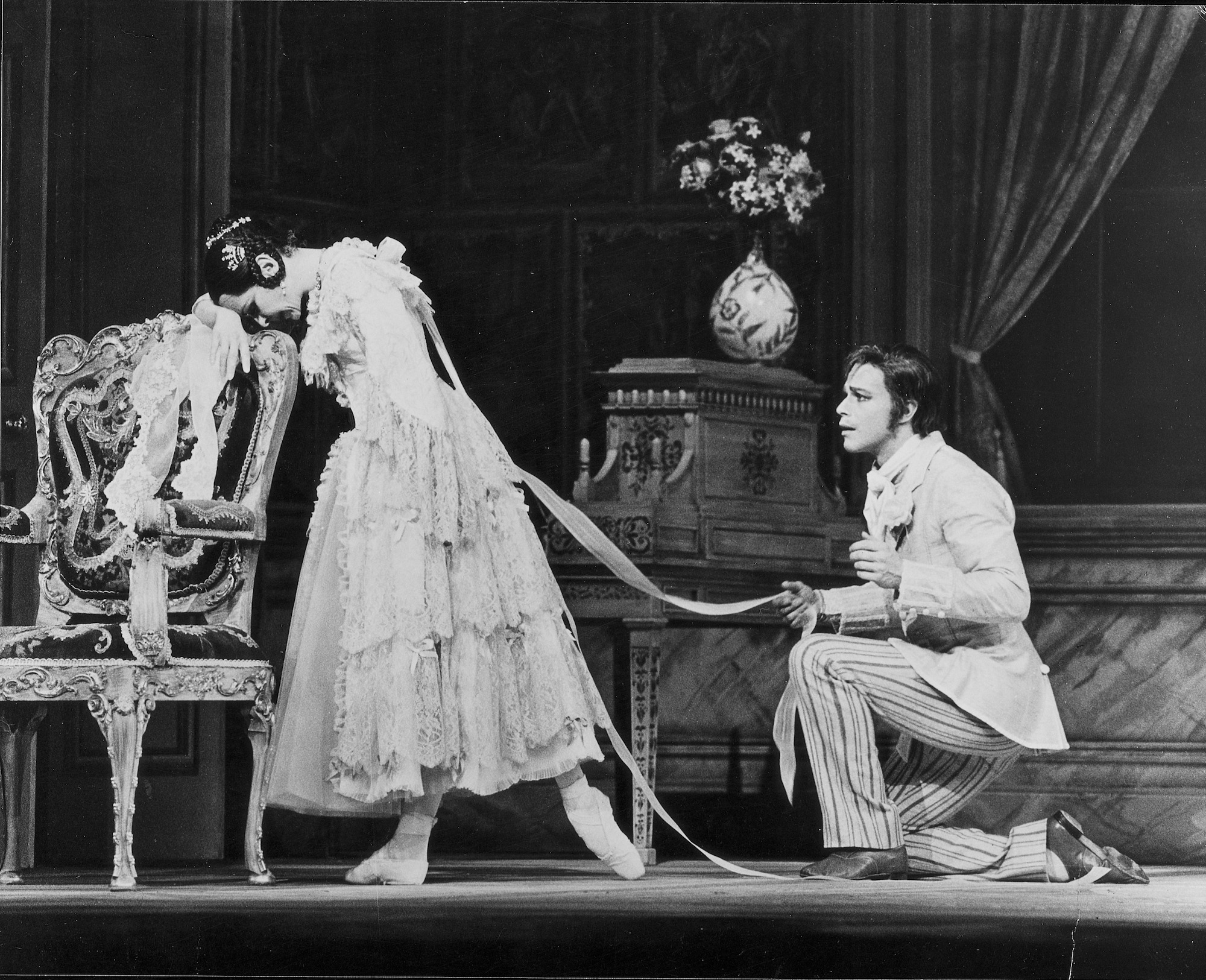people » Anthony Dowell
Anthony Dowell (1943-). British dancer, director and producer
Anthony Dowell, one of the great danseur nobles of the 20th Century, was born in London in 1943. In 1953 he went to Sadler’s Wells (now Royal) Ballet School. On his graduation in 1960 he joined the Covent Garden Opera Ballet, transferring to The Royal Ballet in 1961. A notable appearance in 1962 in Erik Bruhn’s staging of dances from August Bournonville’s Napoli was followed in 1964 by his creation of Oberon in Frederick Ashton’s The Dream, in which Antoinette Sibley was Titania. This was the start of one of The Royal Ballet’s greatest partnerships.
Dowell was made principal dancer in 1966, and undertook all the great classic roles, often in partnership with Sibley, as well as many lighter and more dramatic parts. During his career with The Royal Ballet he created many roles notably Troyte in Enigma Variations and Beliaev in Ashton’s A Month in the Country, and the Chevalier des Grieux in Kenneth MacMillan’s Manon. As well as excelling in the works of Ashton and MacMillan, Dowell performed works of many other notable choreographers, including Antony Tudor, Jerome Robbins, Hans van Manen and George Balanchine.
In the 1970s Dowell expanded his range, designing costumes for the stage as well as dancing. From 1978 to 1980 he appeared as a guest artist with American Ballet Theatre. He became assistant director for The Royal Ballet in 1984, whilst continuing to dance, and in 1986 became the company’s artistic director, a post he held until 2001. During this time, Dowell mounted his own productions of Swan Lake and The Sleeping Beauty.
Anthony Dowell was appointed CBE for services to dance in 1973 and was knighted in 1995. Among his many other awards were the Royal Academy of Dance’s Queen Elizabeth II Coronation Award for 1994 and the Dance Critics’ Circle De Valois Award for Outstanding Achievement in Dance in 2002.

